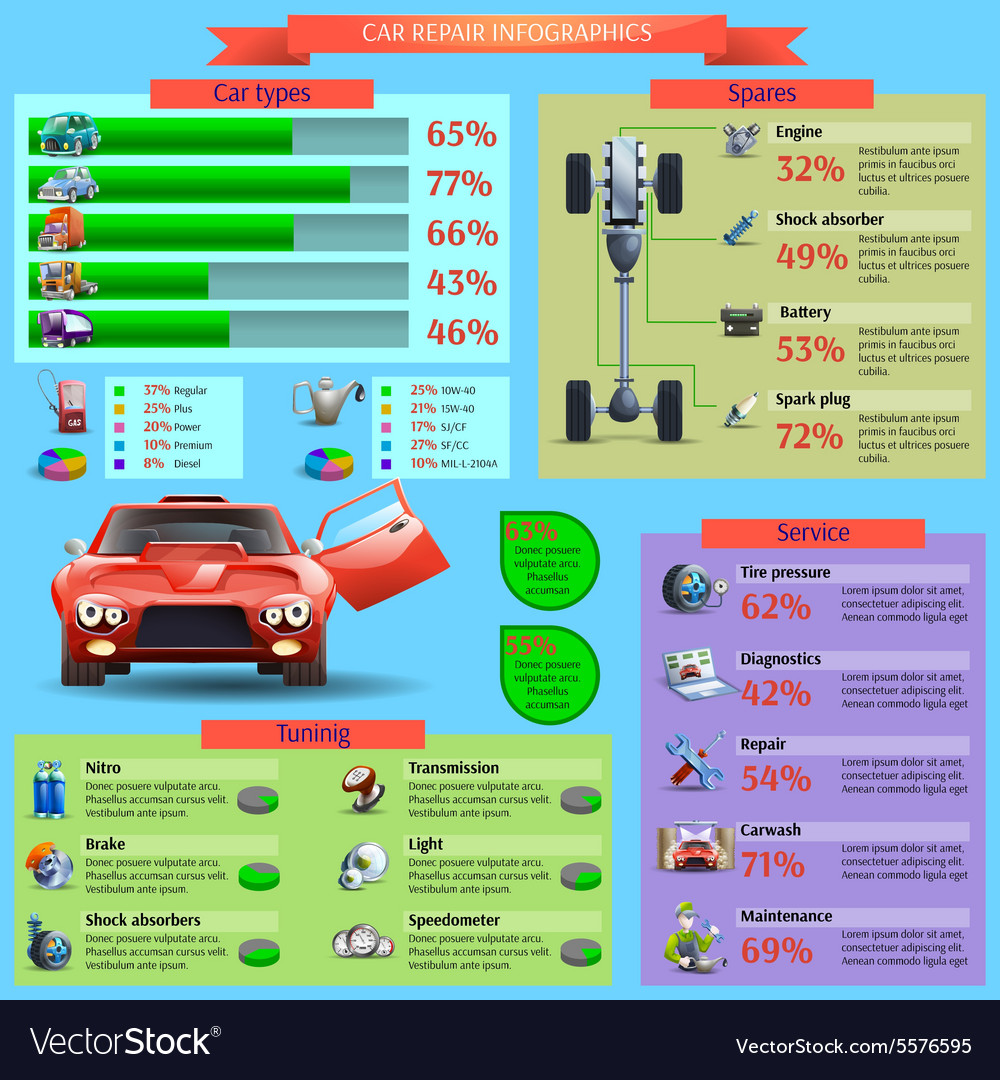Examining Your Cars And Truck'S Caution Indicators: What They Really Communicate
Examining Your Cars And Truck'S Caution Indicators: What They Really Communicate
Blog Article
Writer-Termansen Alvarado
When you lag the wheel, those beautiful caution lights on your dashboard can be a little bit puzzling. Do mobile auto detailer recognize what they're trying to inform you regarding your auto's health? Recognizing the relevance of these lights is crucial for your security and the long life of your automobile. So, the next time one of those lights appears, would not you intend to analyze its message accurately and take the needed actions to address it?
Common Caution Lights and Interpretations
Recognize typical caution lights in your car and comprehend their meanings to make certain safe driving.
The most common warning lights consist of the check engine light, which signals concerns with the engine or exhausts system. If this light comes on, it's essential to have your automobile inspected immediately.
The oil pressure alerting light suggests low oil stress, requiring immediate attention to avoid engine damage.
A flashing battery light could suggest a malfunctioning billing system, possibly leaving you stranded if not dealt with.
The tire stress surveillance system (TPMS) light informs you to low tire stress, affecting vehicle security and gas effectiveness. Ignoring this could result in hazardous driving problems.
The ABS light shows an issue with the anti-lock stopping system, jeopardizing your capacity to quit rapidly in emergencies.
Lastly, the coolant temperature advising light warns of engine getting too hot, which can result in severe damage if not solved quickly.
Comprehending these usual warning lights will certainly assist you resolve concerns without delay and keep secure driving conditions.
Significance of Prompt Attention
Comprehending the usual warning lights in your auto is only the initial step; the importance of without delay addressing these warnings can not be stressed enough to guarantee your security when driving.
When a caution light brightens on your dashboard, it's your auto's way of connecting a prospective concern that requires attention. Overlooking these cautions can bring about extra extreme troubles in the future, endangering your safety and security and potentially costing you a lot more in repairs.
Trigger focus to alerting lights can avoid malfunctions and crashes. For example, a flashing check engine light can indicate a misfire that, if left neglected, could cause damages to the catalytic converter. Resolving this promptly can conserve you from an expensive repair.
Similarly, a brake system warning light could signal low brake liquid or worn brake pads, essential elements for your security when driving.
Do It Yourself Troubleshooting Tips
If you see a caution light on your control panel, there are a few do it yourself troubleshooting tips you can try prior to seeking specialist assistance.
The primary step is to consult your automobile's handbook to understand what the specific caution light suggests. Occasionally the concern can be as easy as a loosened gas cap setting off the check engine light. Tightening the gas cap may deal with the problem.
One more usual concern is a low battery, which can activate different cautioning lights. Checking the battery connections for deterioration and ensuring they're secure might deal with the issue.
If a caution light lingers, you can attempt resetting it by separating the auto's battery for a few minutes and then reconnecting it. Additionally, examining your car's fluid levels, such as oil, coolant, and brake fluid, can help fix warning lights related to these systems.
Conclusion
Finally, recognizing your automobile's warning lights is necessary for keeping your car running efficiently and safely. By without motorcycle detailing auckland dealing with these alerts and knowing what they suggest, you can prevent expensive fixings and possible break downs.
Keep in mind to consult your cars and truck's manual for specific details on each advising light and act appropriately to guarantee a hassle-free driving experience.
Keep informed, stay risk-free when driving!
